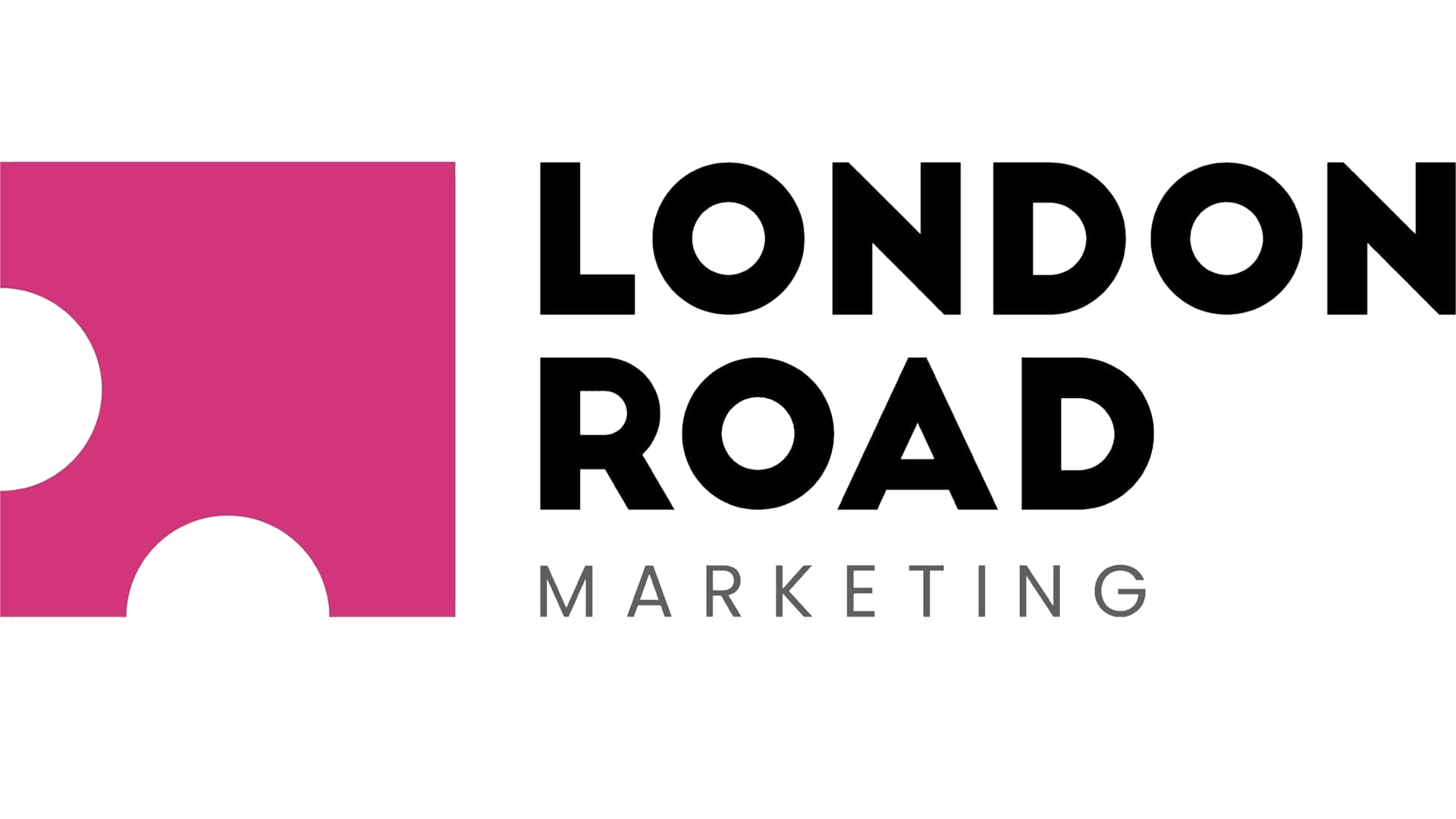How Skateboarding Pioneered Content Marketing
- Lane Anderson
- Mar 3, 2022
- 3 min read
Updated: Feb 29, 2024
I grew up skateboarding through the late 90s when skaters were a subculture notorious for being anti-media. Though I wasn’t aware of it at the time, my earliest lessons in content marketing came from the skate world.
At the time, skateboarding was nearly synonymous with punk. Skate culture shared that same anti-establishment, non-conformity ideology. The worst thing a skater or a brand could do is “sell out.”
To avoid the perils of looking like they’re actually trying to sell you something, skate brands developed a way of advertising that we look back on now and recognize as content marketing. Consciously or not, these companies largely pioneered content marketing, and their success brought it en masse to other industries.
Toy Machine was one of my favourite skate brands as a teenager in the late 90s.
They mainly manufactured skateboard decks and were a driving force behind making skateboarding more punk.

In 1996, Toy Machine came out with their video called Welcome to Hell which has gone down in skate history as a classic. Skate videos like Welcome to Hell were how almost all skateboard companies marketed themselves. They featured unrefined footage of the brand’s sponsored pros showcasing their amazing talent.

These videos put content first. They were made up of opening and closing credits that would briefly mention the brand like a passing formality and, in the middle, were stuffed full of the gnarliest, most amazing skateboarding they could capture on film.
Skaters like me would play and rewind and play and rewind and play these videos in our VCRs until the tape wore out, and we’d buy the brands whose videos and pros we loved watching most.
Skate brands got into a race to produce the best content, and those who came out on top were rewarded with customers who were loyal. But not just loyal; they were fans. But not just fans; they were ambassadors!
Skaters like me would buy stickers of brand logos so we could plaster them on our skateboards, our binders, our lockers. We wanted to be associated with the culture of that brand.
Some of those brands have become behemoth companies like Vans, DC, and Volcom.
It’s a lesson that brands from every other industry have learned by now, decades since my teens when skate companies were doing it: Nothing creates customer relationships like content marketing. The best in every industry know it and they invest in it. I learned this from the pioneers, although I wasn’t thinking about it at the time.
The strategy is to provide something valuable to customers. A brand’s communication with its customers shouldn’t all be focused on selling itself to them, as it is in conventional advertising. Content marketing is about giving them something interesting, something entertaining, something useful, something informative. Don’t ask for anything in return. That starts a relationship.
“Provide something interesting, entertaining, useful, informative. Don’t ask for anything in return.”
Today, some very mainstream companies have been influenced (mostly unknowingly) by the ideology that guided skateboard brands in the 90s. The anti-media mindset and distrust of big corporations and fear of “selling out” has seen companies like Lenovo, Marriott, Xerox, and American Express invest very successfully in a content-first strategy. These enormous companies can come across as authentic and approachable and engaged with their customers, defying their size, because of content marketing.
So the next time you see WestJet post a Christmas miracle video and marvel at the brilliant marketing behind it, maybe you’ll be thinking about how skateboard brands pioneered that strategy.













